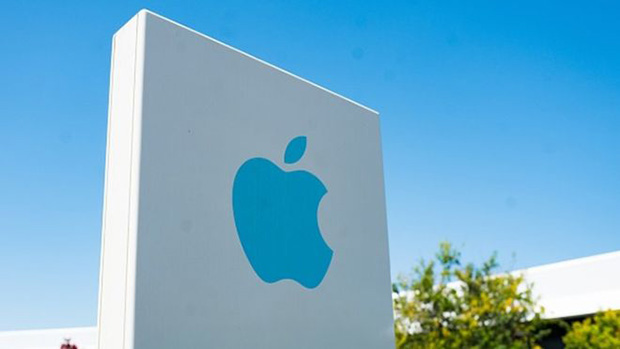Google Self Driving v Apple Self-driving Cars

Apple v Google
A huge question being asked by experts at the moment is why are Google's’ Waymo self-driving cars involved in far more accidents than Apple's?
This has come up for consideration since an Apple self-driving car was involved in a minor accident this week even though there was a human driver in the car.
This is only the second crash involving an Apple car on record. Google, on the other hand, has not been so fortunate in the past few years as its autonomous vehicle spinoff Waymo has been involved in a number of crashes.
According to a written description Apple filed regarding last weeks incident, they say:
“On October 15th at 10:28 AM, an Apple test vehicle in manual mode was sideswiped while preparing to turn left onto Stewart Drive from North Wolfe Road. The Apple test vehicle was travelling at approximately 5 MPH when a Toyota Camry travelling at approximately 15 MPH crossed out of its lane and contacted the Apple test vehicle. Both vehicles sustained minor damage and no injuries were reported. The police were notified that the driver of the Toyota Camry left without exchanging information.”
The first reported accident involving an Apple car occurred in August when another car rear-ended the Apple self-driving vehicle while t was operating in self-driving mode.
When compared to the 38 reported Google/Waymo crashes going back to 2014, the two Apple incidents represent a much better record showing the Apple self-driving cars seem to be much safer.
The main difference with the Apple self-driving system so far is that there are no known accidents in which the autonomous control system was at fault.
Google and Waymo self-driving cars have been in more than 17 times as many traffic accidents in California as Apple so it suggests that Apple are far more successful so far. For example, n Waymo test vehicles have been in 11 collisions in 2018 compared to Apple’s two collisions despite the fact that the two companies have nearly the same number of test vehicles operating in California. Apple has 70 and Google has 88.
There is huge secrecy obviously around these projects, both for Google and Apple so its hard for outside experts to get enough data to properly compare the two self-driving systems’ safety and performance.
There is no way of knowing, for example, how many actual miles each platform has logged. Nor do we know what types of driving conditions the cars have been operating in. And, of course, we don’t know how Apple’s and Waymo’s autonomous vehicles fare in states outside California.
Still, the numbers of accidents that each company’s cars have been in says something about the reliability of their respective software. Even without publicly available data to compare both systems, you would have to wonder why Google is having far more accidents and its not just slightly more accidents. Its cars have been in many times more collisions than Apple’s self-driving cars with approximately the same size test fleet.
It has to be said though, that most of the Google/Waymo accidents were the other driver’s fault. It’s not clear what causes so many people to rear-end Waymo cars and not Apples but at some point, the company has to realize that it must be doing something wrong. This scenario is happening much less often than.
Author

Justin Kavanagh
Justin Kavanagh is a recognised leader
in automotive intelligence and vehicle
data supply to the entire motor industry.
He has almost 20 years experience in
building systems from the ground up.
As the Managing Director of Vehicle
Management System, he understands the
need and importance of trustworthy and
reliable vehicle history and advice to
both the trade and the public.
Follow me on LinkedIn